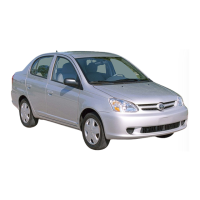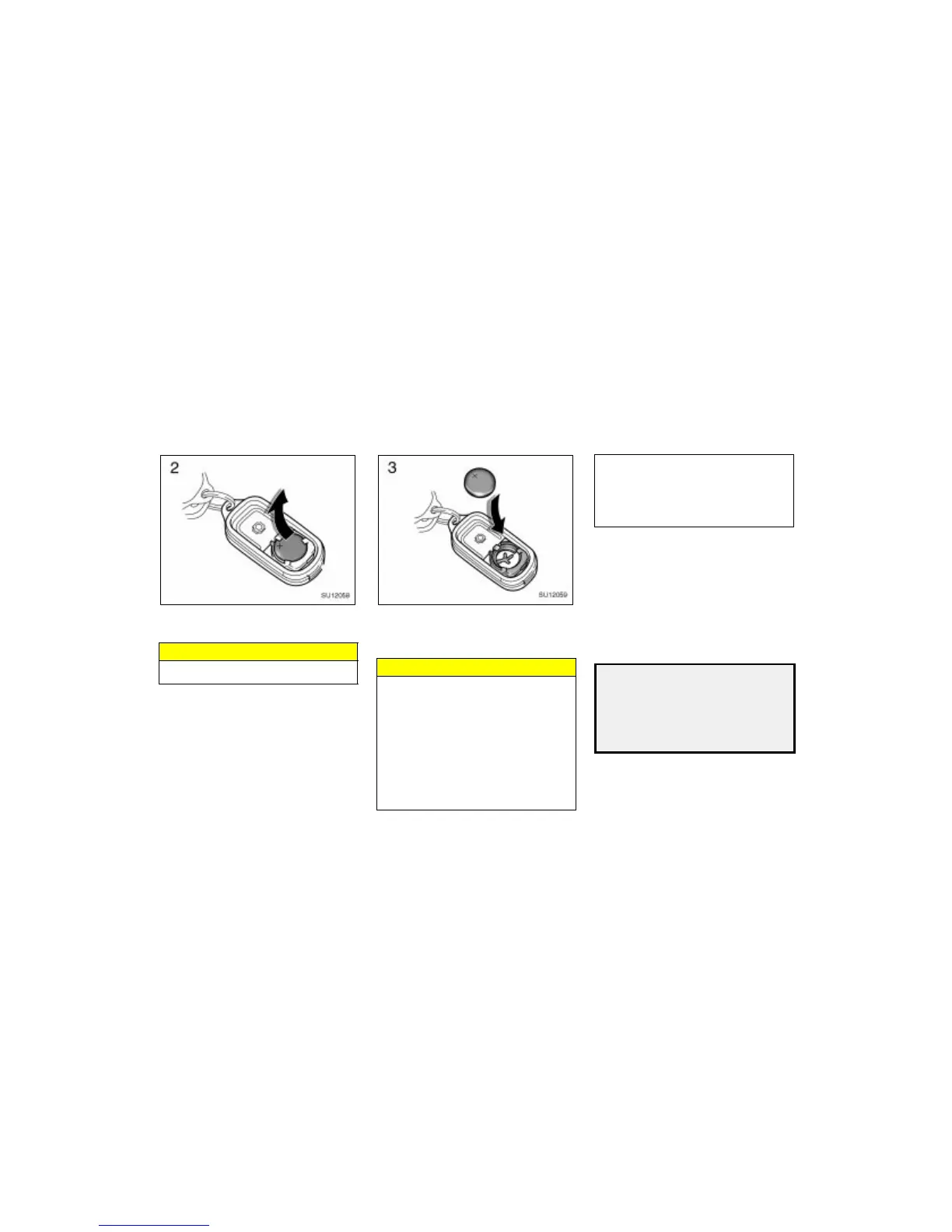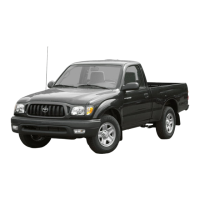
 Loading...
Loading...
Do you have a question about the Toyota 2003 ECHO and is the answer not in the manual?
| Brand | Toyota |
|---|---|
| Model | 2003 ECHO |
| Category | Automobile |
| Language | English |
Introduces instrument panel, cluster, and indicator symbols.
Covers keys, door locking/unlocking, power windows, trunk, hood, and theft system.
Covers adjustments and precautions for seats, seat belts, steering wheel, and mirrors.
Covers operation of headlights, turn signals, wipers, washers, and defogger.
Explains fuel gauge, coolant temp, tachometer, odometer, trip meters, and warning lights.
Explains the operation of the wireless remote control system.
Crucial safety guidelines for using child restraint systems.
Lists warning lights and buzzers and the actions required.
Explains various warning and indicator lights on the instrument panel.
Explains the brake system and safety precautions.
Explains the ABS system and how to use it properly.
Basic checks to perform if the vehicle will not start.
Detailed instructions and safety precautions for jump starting a battery.
Steps to take when experiencing a flat tire.
Instructions and precautions for towing the vehicle.
Lists clues that indicate a vehicle may need repair.
Safety precautions for performing DIY maintenance.











